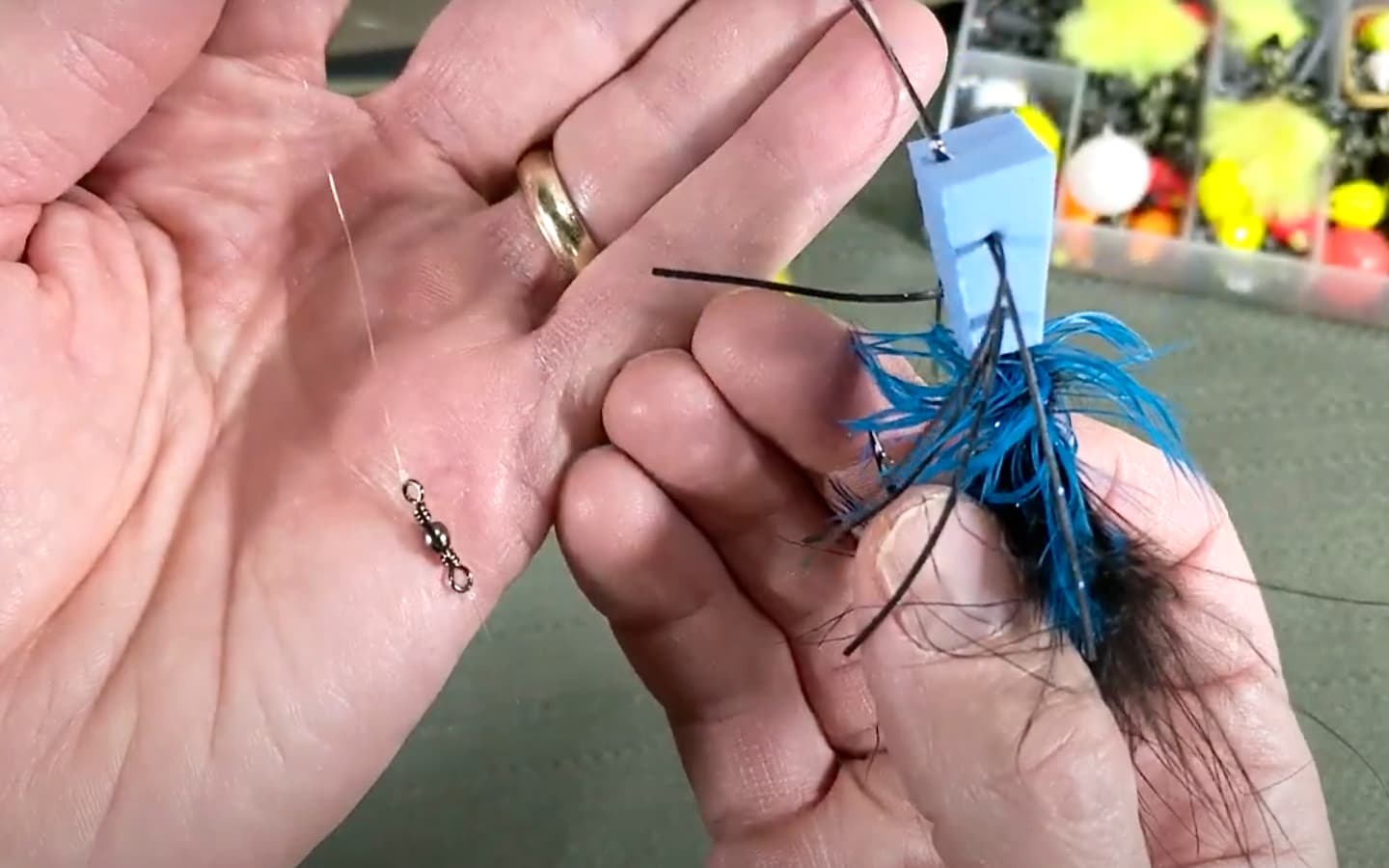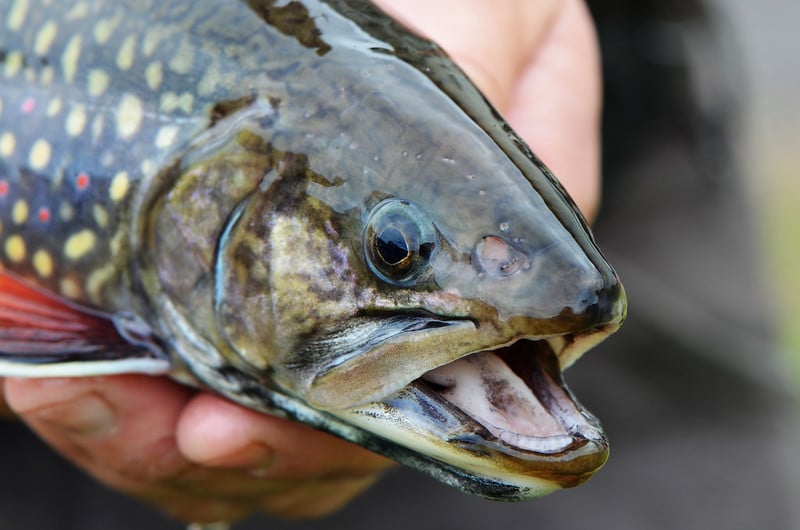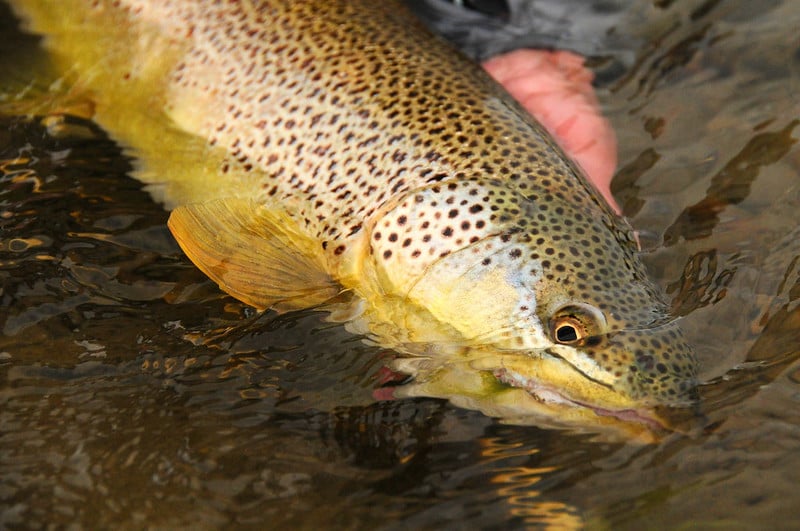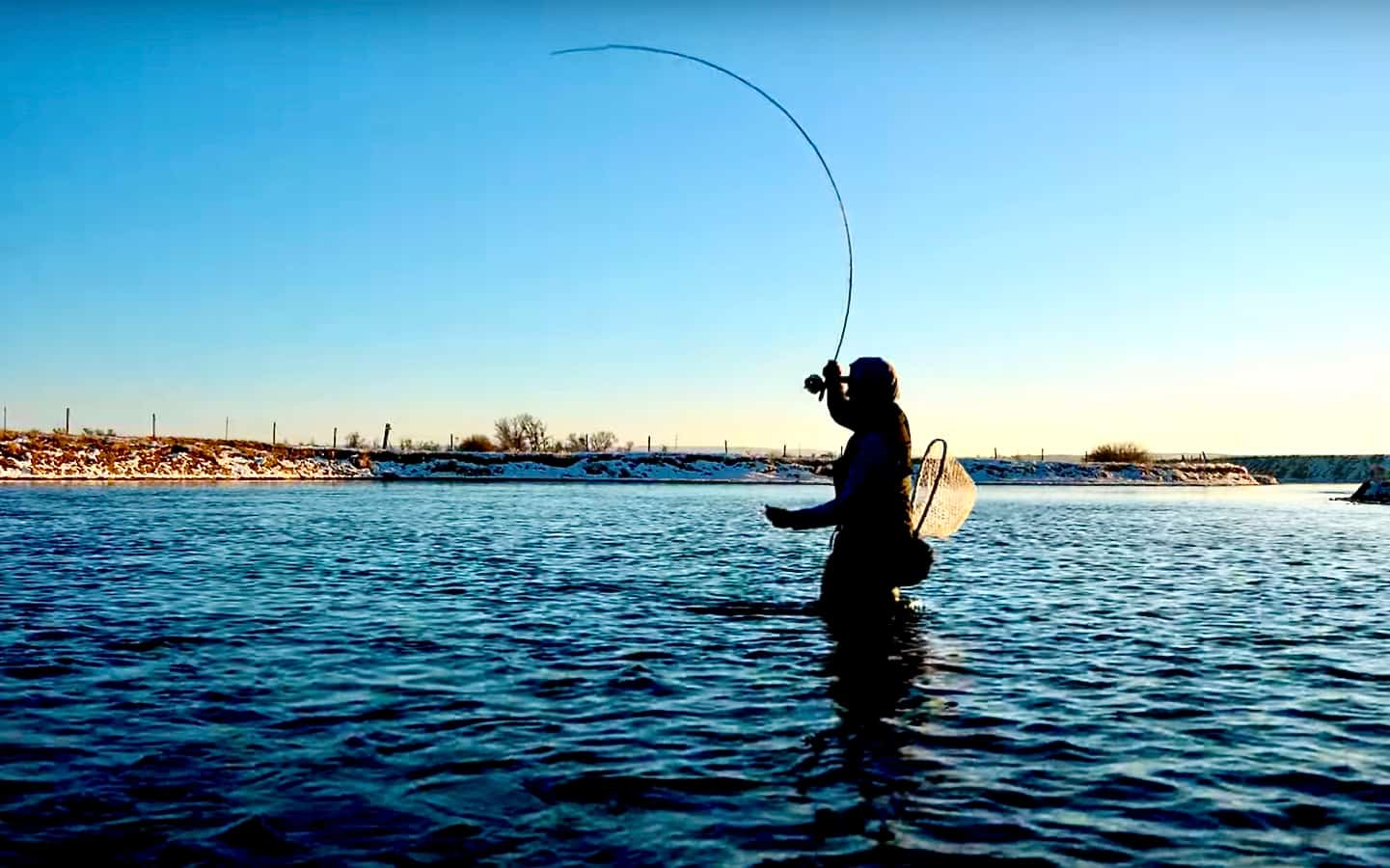Ask MidCurrent: Taming Leader Twist

Not the optimal option aesthetically, but when all else fails… Image from video produced by Guide Recommended
Question: What can I do to mitigate leader twist when using bulky flies like poppers and streamers that catch wind?
Answer: We’ve all been there, friend. Nothing knots up your day and unfurls your frustration like doing everything right while in pursuit of big, meat-eating fish only to have your efforts stymied by a twisted leader. But fret not, fellow fly flinger—there are a few strategies to combat this common adversary.
Understanding the Enemy
Before we dive into solutions, let’s break down why line twist occurs. Large flies, particularly articulated streamers, bulky poppers, and heavily weighted nymphs, have a tendency to rotate during retrieval or even while airborne during a cast. This rotation transfers torque to your leader and line, causing that maddening twist. Moreover, improper casting technique or using a leader that’s too light for your chosen fly can exacerbate the issue.
Honing Your Technique
Often, the first and most obvious line of defense against line twist lies in refining your casting technique. Focus on smooth, controlled casts with a decisive stop at the end of each stroke. This helps transfer energy efficiently down the leader, reducing the likelihood of twist. Keep your casting arc consistent and avoid excessive wrist action. Strive for tight loops, which are less prone to twisting than wide, open loops.
Admittedly, this is easier said than done when casting flies most prone to twisting leaders. For heavy flies, consider employing the Belgian (or oval) cast. This technique helps maintain line tension throughout the cast, reducing the fly’s tendency to rotate.
Leader Logic: Engineering Your Way Out of Twist
Your leader setup plays a pivotal role in combating line twist. Consider constructing a leader with a stiffer butt section to better translate cast energy and resist twisting. For a big fish/big fly example, start with a 24″ section of 40lb monofilament, followed by 18″ of 30lb, then 12″ of 20lb, before transitioning to your tippet material.
When throwing those larger flies, don’t shy away from beefier tippet. For meaty streamers, 1X (0.010″) or even 0X (0.011″) fluorocarbon tippet can provide the necessary strength and twist resistance. Warm water and salt water anglers can get away with even larger tippet. Start big and size down as needed.
Furled leaders are naturally resistant to twisting and can be a game-changer for big fly enthusiasts. They also turn over heavy flies more effectively than traditional tapered leaders.
When throwing truly massive flies, consider shortening your overall leader length. A 7.5′ leader will be less prone to twisting than a 9′ leader when casting big streamers.
Knot Know-how: The Power of the Loop
A loop knot can be a powerful ally in your battle against line twist. By allowing the fly more freedom of movement, a loop knot can significantly reduce the transfer of rotational energy back into the leader.
The Swivel Solution: Hardware to the Rescue
While not traditional in fly fishing, swivels can be an effective tool in your anti-twist arsenal. These small devices, placed between your leader and tippet, allow the fly to rotate freely without transferring that rotation to the rest of your line.
Opt for darker colors (black or gunmetal) to reduce visibility. Micro barrel swivels in sizes 10-12 are usually sufficient and less obtrusive. Ensure your tippet matches your fly size and the conditions. Remember, the swivel is only as strong as the weakest link in your setup. Use a strong knot, like the improved clinch, to secure the swivel. To incorporate a swivel, tie your leader to one end of the swivel using an improved clinch knot. Attach your tippet to the other end of the swivel, again using an improved clinch knot. Tie your fly to the tippet as you normally would.
However, be aware that swivels do have downsides. They add weight to your rig, which can affect presentation, especially with lighter flies. Some anglers also feel they reduce sensitivity to subtle takes. In clear, calm conditions, even micro swivels might spook wary fish.
Here’s a little video tutorial on swivels that may help quell your concerns.
Alternative Hardware: Tippet Rings
If you’re hesitant about swivels but still want a hardware solution, consider tippet rings. These tiny, lightweight rings serve a similar purpose to swivels but with less impact on your presentation. They’re particularly useful for creating a connection point between your leader and tippet, allowing for easy tippet changes without sacrificing overall leader length.
The Fly Factor: Tying for Stability
Sometimes, the solution lies in the fly itself. When tying or selecting flies, look for designs that are inherently more stable in the water. Flies with materials that provide some resistance, like marabou or rabbit strips, can help reduce rotation during retrieval.
For streamers, try tying in materials like saddle hackle perpendicular to the hook shank. This creates resistance against rotation. Experiment with different weight distributions. A fly with more weight toward the eye of the hook will be less likely to rotate than one with weight at the bend. For articulated streamers, use a small mono loop between sections instead of a rigid connection. This can help absorb some of the rotational energy.
Finding Your Anti-Twist Arsenal
As with many aspects of fly fishing, the best solution for line twist often comes down to personal preference and the specific conditions you’re fishing. Don’t be afraid to experiment with different techniques and tools to find what works best for you.










